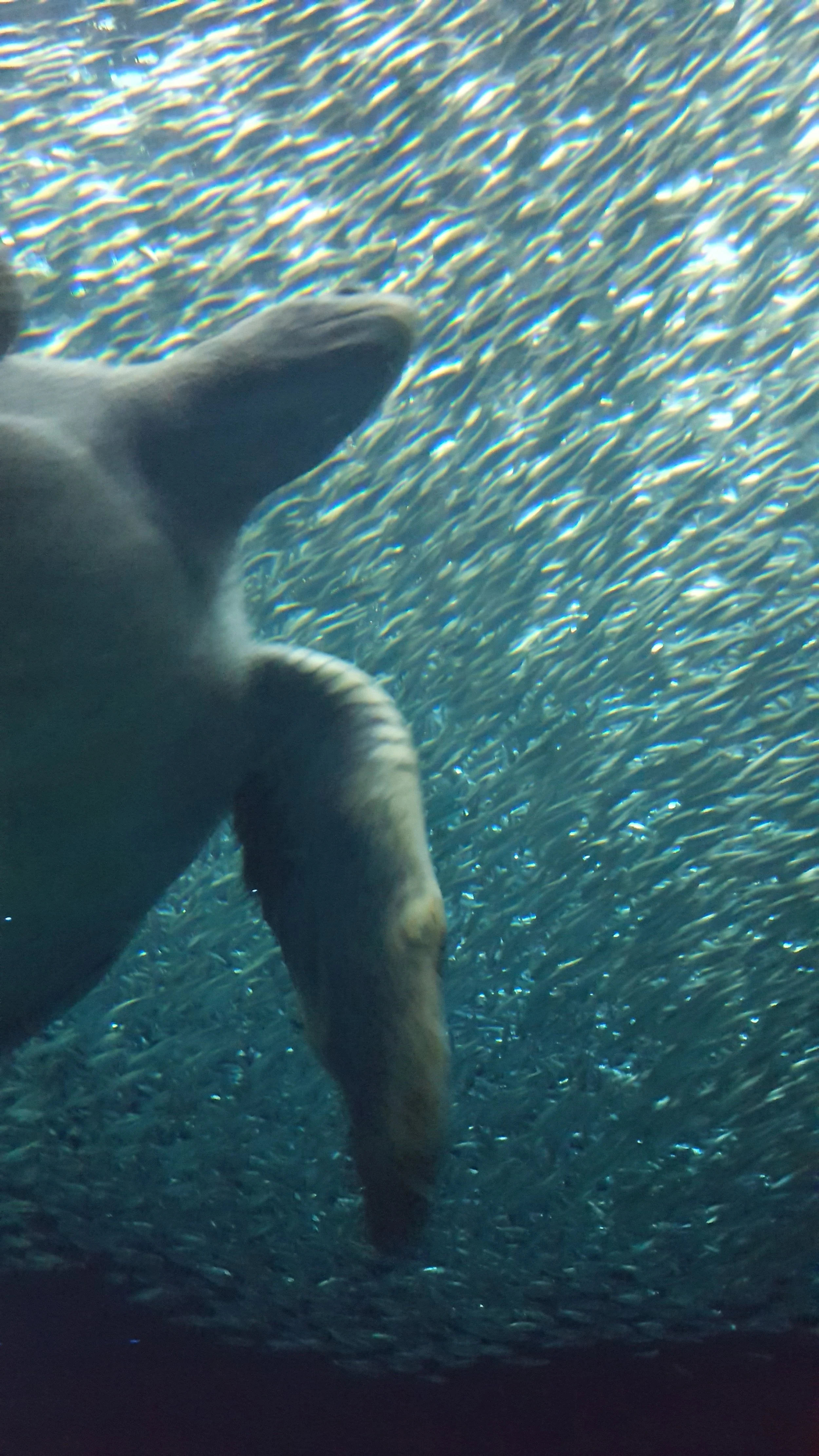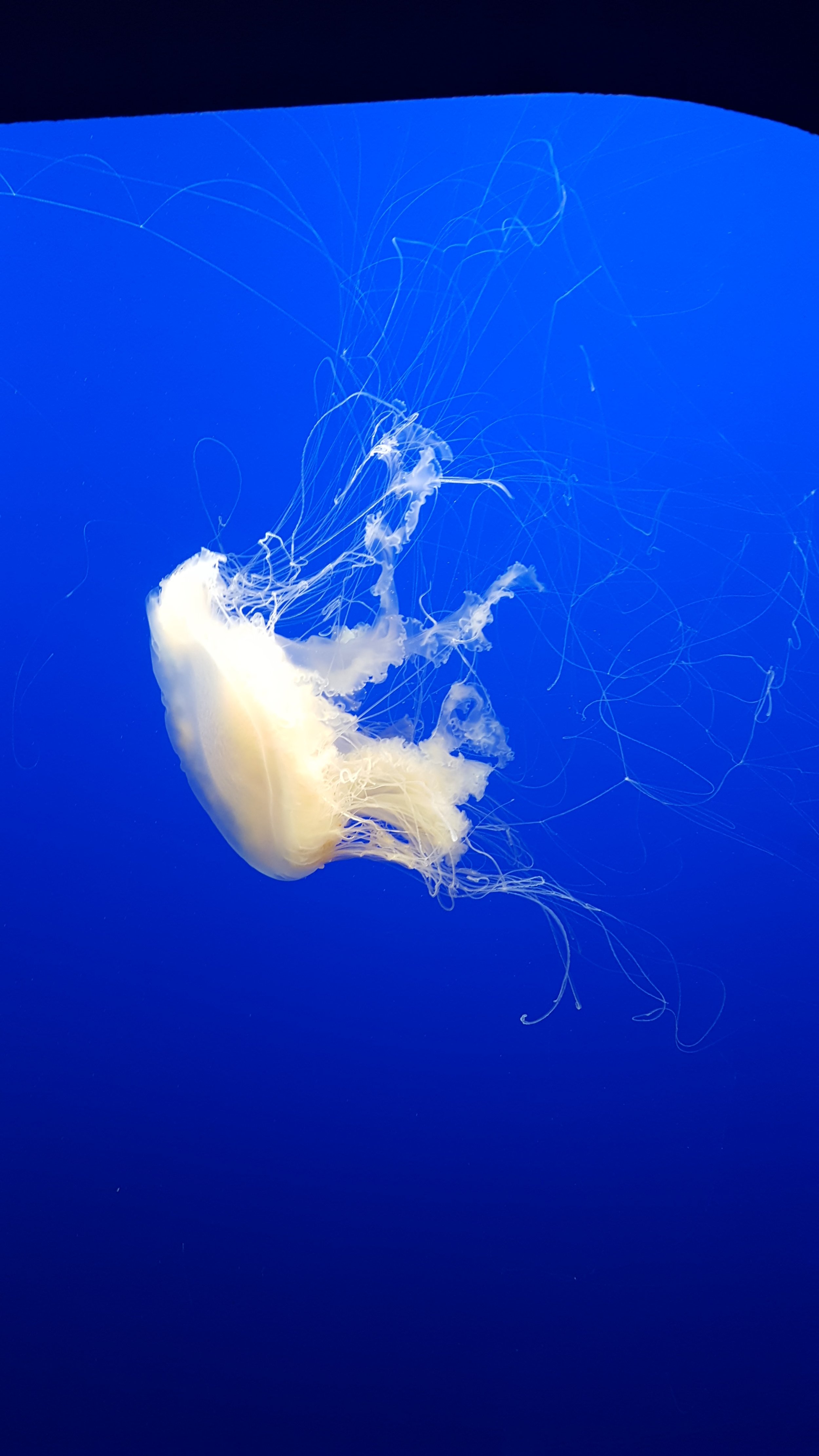The Fascinating Reason Sea Turtles Cry
As I paddle out clumsily to Flat Island in Kailua, I hear a goodbye call from the shore, “go, Turtle!” He’s using the nickname he gave me because of my love for the ocean, and how I look when I try to paddle out with my weak arms.
It turns out, I may have something else in common with turtles. We both cry. A lot.
I’m currently reading “The Blue Machine: How the Ocean Works” by Helen Czerksi, and as the author explores the salinity of the sea, she touches upon the effect this has on the creatures who live in it, including sea turtles.
What do jellyfish have to do with sea turtles crying?
Turtles and I may both cry a lot, but we cry for different reasons.
My tears are the result of frustration at work, fighting with friends, watching a sad movie, watching a happy movie, listening to music, thinking about climate change…You get the idea.
Sea turtles cry because of what they’re eating.
Okay, so maybe that is another reason why I end up crying but, again, my dietary meltdowns aren’t quite the same as a sea turtle’s.
Czerski explains in her book that one of the main things that turtles eat is jellyfish. Less than 1 percent of jellyfish is organic material and a turtle (the author uses a leatherback as an example) must eat 80% of her body weight to get the nutrients she needs.
Jellyfish have the same salinity as the ocean itself, so as you can imagine, this results in a TON of salt being ingested by turtles.
It’s not just jellyfish, either. Other marine substances and creatures have the same salinity as the sea. For example, algae (which turtles are also eating).
To avoid ingesting all of this salt (which would kill the turtles), they expel it back out in the form of tears.
How Do Turtle Tears Work, Exactly?
This part is super cool - thank you to Mariluz Parga of “Submon” who posted here. She explains how sea turtles’ esophagi and lacrimal glands work.
I recommend checking out her post to see some visuals. To summarize what she explains, sea turtle esophagi have uniquely developed muscles and are lined with “spines” called papillae. The muscles of the esophagi can remove seawater as the turtle devours something like a jellyfish while the papillae spines ensure that the food does not escape back with the water.
At the same time, lacrimal glands produce viscous tears, releasing salt through these glands. This process of releasing salt is otherwise known as electrolyte homeostasis. According to Czerski, turtles cry around eight liters of tears every hour. Still, there is a lot to learn about these glands according to one article from the National Center for Biotechnology Information.
Turtles cry around eight liters of tears every hour!
All in all, I am happy that the tears you may see in turtles’ eyes has nothing to do with heartbreak (though the amount of plastic floating in our oceans, deceptively similar in appearance to the jellyfish they eat is heartbreaking).
The next time I’m seasoning a meal, I’ll certainly think about what it would be like to survive in an environment where my body had to optimize itself to expel enough of what it was taking in to survive.
If you’re looking for more fun quick ocean facts, check out my blog post about how California sea cliffs were formed or how electric eels create electricity!







